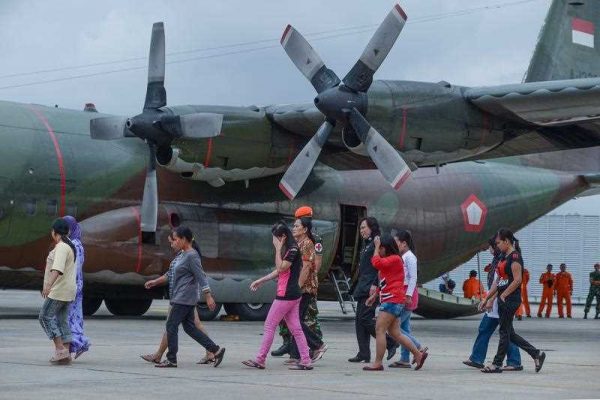The AEC rests on four pillars: a single market and production base; a competitive economic region; equitable economic development; and integration with the global economy.
Significant progress was made on the first pillar. Tariffs are low, with more than 70 per cent of intra-regional trade enjoying zero tariffs. This will encourage intra-ASEAN trade in manufacturing and agricultural goods. Slow, yet steady progress is visible in liberalising investment and capital flows. The signing of the ASEAN Comprehensive Investment Agreement heralds a better business environment. ASEAN-6 has the National Single Window (NSW) system, and the four new members are catching up. Ongoing initiatives to connect the NSWs to the ASEAN regional portal will help reduce future trade costs.
The second and third pillars have seen more modest achievements. Highlights include adopting the ASEAN Intellectual Property Rights Action Plan 2011–2015; adopting the Master Plan on ASEAN Connectivity to improve transport connectivity and advance the region’s energy security, and the implementation of the Strategic Action Plan for the ASEAN Small and Medium Enterprise Development to support inclusive growth.
Implementation of the fourth pillar has been reasonable. ASEAN has emerged as the hub of Asia’s FTA activity. FTAs were concluded with ASEAN’s six dialogue partners (Japan, China, South Korea, India, Australia and New Zealand). Negotiations for the Regional Comprehensive Economic Partnership (RCEP) Agreement — covering ASEAN and its dialogue partners — were launched in 2012. If signed, RCEP would be the world’s biggest trade bloc, covering 40 per cent of world trade.
But more work needs to be done.
According to the Global Trade Alert Database, non-tariff measures (NTMs) have been rising in the biggest ASEAN economies since the global financial crisis. From 2009–2013, 186 NTMs were implemented in the region; most of them by the bigger economies.
Services trade is hampered by restrictions in all members except Singapore. The World Bank’s Services Trade Restrictiveness Index indicates that ASEAN middle-income economies — Malaysia, Thailand, Indonesia and the Philippines — have significant restrictions on services trade, particularly in professional services. One difficult outstanding issue is the legal protection of migrant workers. ASEAN adopted the Declaration on the Protection and Promotion of the Rights of Migrant Workers in 2007. But the debate between sending and receiving countries continues; the former pushing for a legally binding regional agreement, and the latter calling for non-legally binding guidelines. Unresolved issues exist on the definition and contents of the Agreement, creating a deadlock. ASEAN needs a stronger regulatory framework to regulate services trade.
Several challenges to realise the AEC are tied to ASEAN’s ability to address the development divide in the region, home to some of the richest and poorest Asian economies. Members must enhance strategies to narrow the income gap and allow spillovers from richer, more technologically advanced members to LDCs. Modern high quality infrastructure is vital to connect markets and improve the mobility of people, goods and knowledge within ASEAN. To meet these infrastructure needs, a massive estimated US$60 billion is required each year until 2022, financed from a mix of sources such as public sector funding and multilateral development banks. Over half of this will go to energy and transport projects. Developing regional bond markets and easing restrictions on international capital flows may also help.
The AEC project has been crucial for moving ASEAN from its beginnings as a political grouping in 1967 to one of the most dynamic regional economic blocs in the developing world. The enthusiasm shown by ASEAN members in attempting to meet the AEC goals is notable. But if the AEC misses the deadline, members should not play the blame game. Instead, it would be useful to do two things during Malaysia’s chair of ASEAN in 2015. There should be a quick stocktake of achievements under the AEC project, published as a short report. Countries should focus on a few important next steps for the AEC project, completed in a reasonable time frame (say by 2020). The priorities ought to be reducing restrictions on trade in services and monitoring NTMs, and financing and implementing key infrastructure projects to reduce development gaps.
While the AEC 2015 deadline is not likely to be met, all is not lost. With sustained cooperation and commitment by ASEAN members, further progress is possible in the next five years.
Ganeshan Wignaraja is Director of Research of the Asian Development Bank Institute (ADBI).
Jenny Balboa is a project consultant at the Asian Development Bank Institute.

